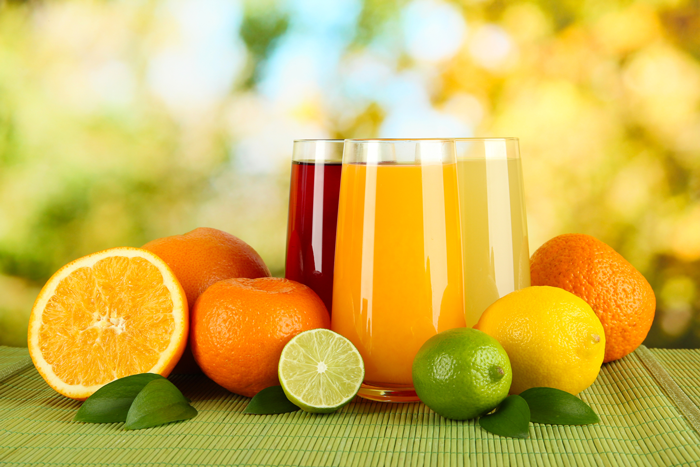
In recent years, the global juice market has blown up to claim a significant share of the beverage industry. In 2019, revenues in the juices segment are projected to reach upwards of $3 billion.
There are currently about 6,000 companies producing high-quality juice in the U.S., and the annual market growth between 2014 and 2019 is 1.8%. As consumers continue to shift toward wholesome, more nutritious eating habits, they’re increasingly interested in fresh, healthy, minimally-processed juices they can grab on-the-go.
The question, then, is how juice processors can create those as efficiently as possible. High quality juice is challenging to make seeing as it contains so many different ingredients that must be processed in ways that do not compromise the nutritional quality of the finished product.
The amount of information out there can be overwhelming but this article can serve as on overview of the basic types of equipment involved in juice manufacturing. Here is what companies breaking into the juice industry need to get started.
Regardless of the type of juice a company wants to produce, most commercial facilities will need the following types of juice processing equipment:
The wash line is the first point of contact for the raw, bulk, ingredients that eventually become juice. They enter a factory and go through a wash line, which cleans them, removes traces of dirt and pesticides, and prepares them for processing. Wash lines have a wide range of what they filter out of the passing product that is determined by the downstream requirement.
Once the ingredients leave the wash line, they are moved by a conveyor belt system into a grinder.
The grinder is the key piece of machinery that facilitates this process. Grinders can prepare fruit, veggies, and other ingredients for extraction. Grinders come in many sizes and capacities. The grinder a company chooses will depend on their desired rate of processing, the size of the incoming product, and the desired particle size of the ground product. In the juice industry, screw-fed disintegrators are a very popular type of grinder since they integrate controlled feeding with grinding. This direct feeding has eliminated many issues with difficult to feed products such as leafy greens, melons, and root vegetables; as well as reducing the labor required by manual feeding.
Once the material moves through the grinder, a pump transfers it to the extraction equipment.
Pumps come in a wide variety of designs and sizes. Finding the right type for your process is critical in keeping your line operational. The most common types of pumps in juice processing are progressive cavity pumps and lobe pumps. Progressive cavity pumps have a slightly better capability of dealing with products with large particles or high viscosity. Lobe pumps are better suited for products with high acidity and low abrasiveness. Keep in mind that the pump should only be transferring the ground product to the next stage, not performing any size reduction.
Juice extractors come in many different styles depending on what fruit or vegetables you’re processing and what your end product objectives are. belt presses, screw presses, rack and cloth presses, and centrifuges. In some cases, a production facility may use several types of equipment to process their product fully. Extraction equipment requires correct size reduction to work optimally. While some extraction companies do offer size reduction equipment accessories, the lack of versatility compromises yield. Failure to bring product to the correct size before the extraction stage is literally throwing money away.
Mixing tanks are critical to the juice production process when multiple ingredients are involved. These tanks make it possible to mix concentrate, fruit pulp, preservatives, water, flavor, color, and more. They come in a large selection of sizes, materials, and price ranges.
Pasteurizers kill potentially harmful microorganisms in the fruit juice before it goes out for human consumption. These pieces of equipment are critical, as unwanted organisms make the juice taste bad and can make people sick. A pasteurizer kills dangerous bacteria and promotes healthy, great-tasting juice.
As you can see, there are many types of juice processing equipment available. Choosing the right machines for your company means taking a close look at the kind of juice processing you want to do, the ingredients you use, and your optimal yield.
At Corenco we have a wide selection of high-quality, USA made, size reduction (grinding) equipment designed to be durable, efficient, and easy to maintain. For over forty years Corenco has engineered solutions to optimize industry processes. Contact us today for help finding the ideal piece of equipment for your application.